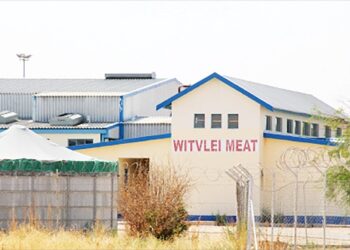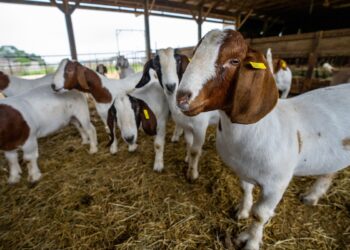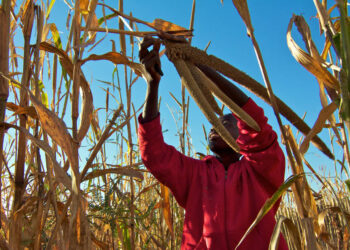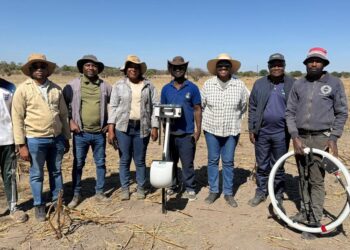
The Namibian Livestock and Livestock Products Board (LLPB) says the country’s export-approved abattoirs shipped over 22.7 million kilograms of beef in 2024, an increase from the previous year.
The European Union was the largest destination for Namibian beef, receiving more than 13.2 million kilograms, while other major markets included South Africa (4.2 million kg), the UK (3.1 million kg), Norway (1.6 million kg), and China (483,701 kg).
“An estimated 22 704 150 kg of beef was exported by Namibian export approved abattoirs during 2024 of which 13 253 689 kg was exported to the EU,†said LLPB Statistician: Trade & Strategic Marketing Fransina Angula.
She further explained that the surge in exports was driven by increased slaughter activities due to a higher supply of cattle.
Specifically, northern Namibia saw a rise in beef production, with the Katima Mulilo and Rundu abattoirs processing a combined 8,208 cattle in 2024.
Nationwide, a total of 362,718 cattle were marketed, a 19.9% increase compared to 2023.
This included 204,128 cattle exported live to neighboring Southern African Development Community (SADC) member states, while 135,624 cattle were slaughtered at local A-class abattoirs and 49,427 cattle at B & C-class abattoirs.
The A-class and B & C-class abattoirs saw a 29.7% and 7.4% increase in activity, respectively.
However, producer prices showed mixed results, with prices for some beef cuts declining. For example, the s-VCF beef all grade averaged N$58.02/kg, a decrease of N$2.29/kg compared to 2023.
In contrast, n-VCF beef all-grade prices averaged N$36.70/kg, showing growth despite challenges.
An outbreak of Foot and Mouth Disease (FMD) in South Africa further disrupted market dynamics, pushing domestic weaner prices below South African levels by N$7.10/kg.
“Slaughter activities increased during the period under review due to a higher supply of animals, resulting in greater beef production.,†Angula said
Meanwhile, the sheep sector experienced growth in 2024, with a 32.5% increase in activity, largely driven by live exports and slaughtering at B&C-class abattoirs.
Live sheep exports rose by 2.9%, from 600,201 heads in 2023 to 617,706 heads in 2024. South Africa continued to dominate the live export market, accounting for 99.7% of the market share.
However, mutton exports saw a decline, dropping from 940,863kg in 2023 to 734,819kg in 2024.
South Africa remained the largest buyer, with 79.5% of mutton exports, while smaller amounts were sent to Botswana (13.6%), Norway (2.8%), and the Seychelles (1.4%).
“As a result, a total 734,819kg of mutton was exported to various destinations, lower than the 2023 volume of 940,863kg. 79.5 percent of mutton exports went to South Africa, 13.6 percent was exported to Botswana and 2.8 percent went to Norway – as part of the Norway mutton quota shared by Namibia, Eswatini and Botswana while, the remaining 1.4 percent was exported to the Seychelles,†she said.
The goat sector contracted by 6.2%, with 142,103 goats marketed, down from 151,534 in 2023.
Lamb prices saw a slight increase, with the auction price averaging N$31.81/kg. The pork sector also faced challenges, with Namibia continuing to be a net importer of pork.
In 2024, pork imports worsened following a ban on fresh pork products from Germany, Namibia’s primary supplier after a previous ban on South African pork.
Local production fell by 11.6%, with 50,759 pigs marketed, compared to 45,498 in 2023.
“Although imports are dominant in the market, the Pork Market Share Promotion Scheme, administered by the LLPB continues to assist local producers in maintaining significant market share,†Angula said.
Looking ahead to 2025, Angula said global beef production is expected to decline in key producing countries such as the U.S., Brazil, China, and New Zealand, which is expected to drive up global beef prices.
Despite the challenges, Namibia’s beef sector is poised for continued growth, with the potential operationalisation of the Savannah Beef Namibia abattoir expected to boost capacity.
However, the industry remains concerned about elevated maize prices and the potential impact of the lumpy skin disease, which could affect herd health.











